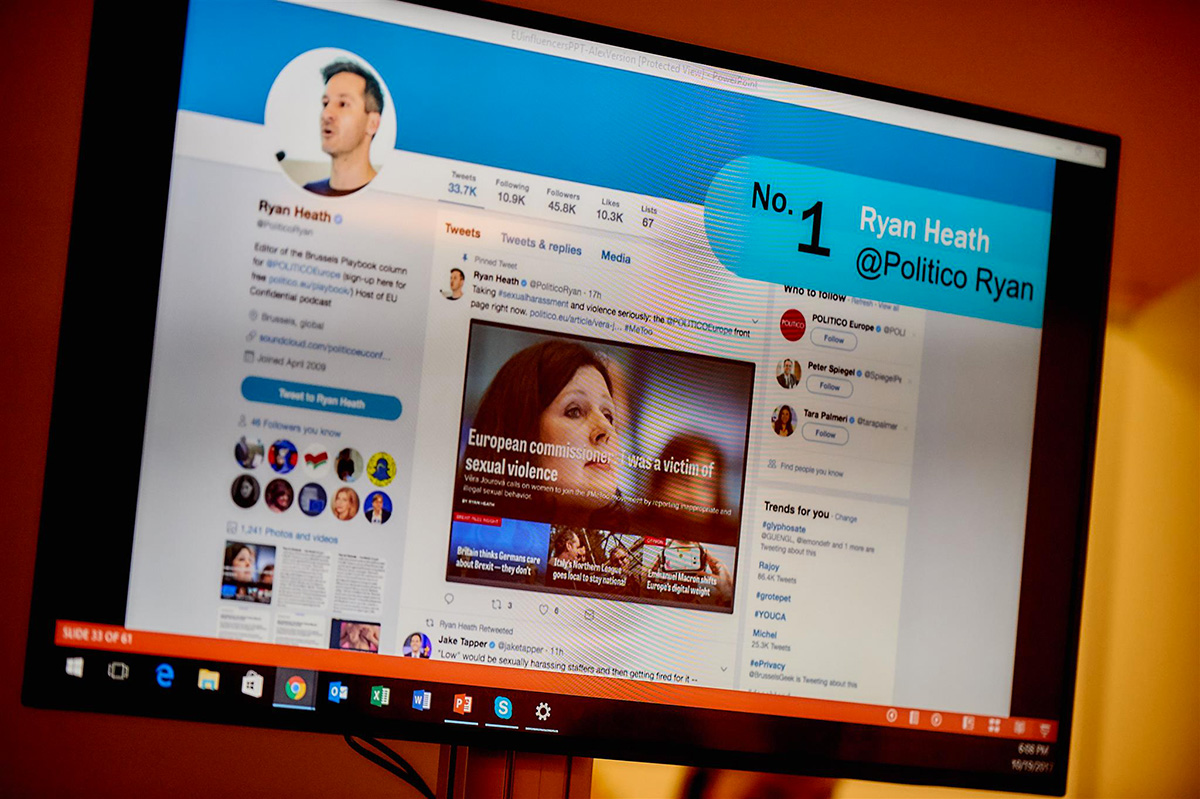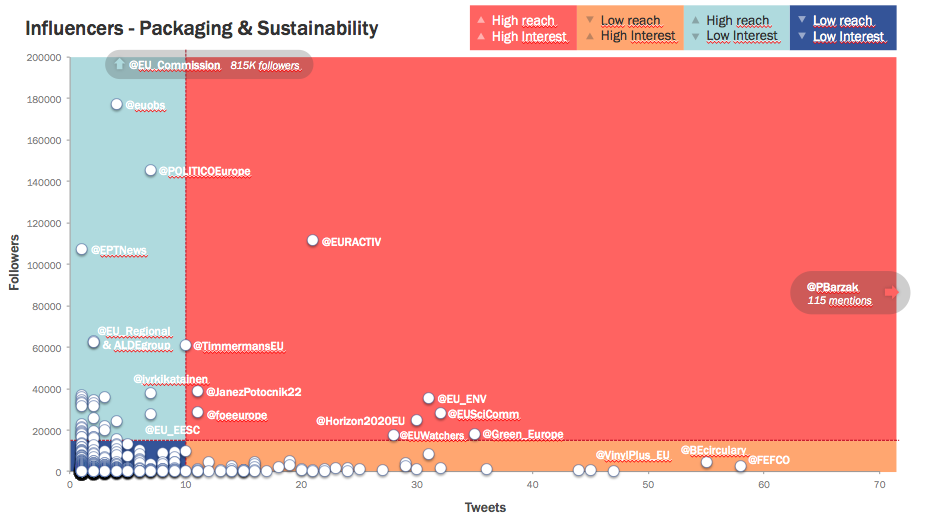Offline, you’ve been reaching out to the right people for a while, but how do you make sure you’re getting through online? You’re supporting real-life actions with social media messages. But how do you make them stick around so they’re not forgotten when everyone goes home?
Well, you need influencers on your side. Influencers have the power to get to people, fast. First thing in the morning, huge numbers of people look at the social media feeds of their favorite influencers, hoping to learn, to be inspired, to laugh. But the main power of influencers is their authority. Their followers admire them for a reason and they tend to believe what they say.
Combining your current digital actions with an influencers campaign increases your reach. But more importantly, it increases your campaign’s truthfulness and the trust you can inspire in your audience.
A campaign based on influencers is the same as a regular digital campaign: it’s all about targeting. Smart targeting. At first, marketers tried to get to influencers just because they have a lot of followers. They were so focused on trying to reach a big audience, they barely looked at what the influencers were talking about. In the Brussels bubble, big names like Ryan Heath (ranked number 1 #EUinfluencer) or Jennifer Baker (number 15) are talking about everything – and nothing specifically relevant to you.

So how do you find the right influencers? Well we can map the influencers that are the best bet in your sector and assess the power of their influence. You already have a list? Well, that’s where we’ll start. We will look at what those people are doing online and see how we can best approach them. We’ll survey your sector to see who else is influential, who may be able to reach people more effectively than your organization can.
Once you descend from the peaks of social media fame, there are so many possible influencers out there, that trying to engage with them all would be a huge effort for an averagely small social media team. You could get totally lost trying to rank them by their number of followers, average retweet per tweet, percentage of retweets on their account, etc. It is even worse than choosing a car: there are too many cars and they have too many features.
Well we start with the Boston Consulting Matrix, usually used to classify products like cars. In this case we can apply its 4 quadrants to classifying influencers. On one axis by the number of followers they have (their potential reach) and on the other by the number of tweets about the topic in question (their interest).
Please allow us to clarify with a car analogy.

The car of your dreams: fast and spacious. These rare influencers have a strong interest in your topic (they tweet a lot about it), so they might pick up on your retweet or mention to them and they have the potential reach (high number of followers) to spread your tweet. We look at them first.
The comfortable car: not very pretty, but you could live inside it. Some influencers are very specific on their topic: they are experts. They tweet almost only about their topic, but naturally they don´t have a massive audience. They are great to start with. Instead of being difficult or demanding, they will most likely be happy to engage with you and are usually helpful, so you can learn before going to the next step.
The sports car: fast, fancy and costly. You want it, but it is expensive, and you won´t find it very useful. In terms of influencers, these are usually magazines or newspapers with a high potential reach. They possibly tweeted only once or twice about your topic of interest and they usually play hard to get as they know they are an important influencer. And the audience you will reach even if you do get retweeted is not very specific, so the value of that retweet is doubtful.
20-year-old car: it stays in the garage because you never know when it might break down. These least interesting influencers are best kept out of your way.
OK, let’s look at these classifications in terms of digital strategy:
High interest, high potential reach (the rock stars of your influencer plan): first start following them, so you get to know them better. Try to engage with them: mention them when you publish content they might like, retweet them so they start to notice you. Although they are interested in the topic they might be hard to engage with, if they are important or famous, or politicians, making endorsement a difficult step. This is why keeping them aware of what you want to communicate is already a good step. Advertising campaigns are available on Twitter for this kind of narrow audience.
High interest, low potential reach (specialists): a great place to start as they are the easiest to engage with. Follow them to be more aware of what is going on around your topic. Curate their content to use it for yourself. Retweet and mention them now and then: it is always good to be mixing with experts. Ask them things: most love to provide answers and like being treated as a reference.
Low interest, high potential reach (usually generic influencers): try to generate some good content for them, they might pick up on powerful news or press releases.
Low interest, low potential reach (don´t lose much time with them): putting them here leaves you free to go for the more important ones.

So that’s the theory, how does this work in practice?
Gathering the data
First we create a specific query about the topic to identify conversations and influencers and obtain a draft map of influencers and the conversations they are involved in.
Data consolidation
Then we check the word cloud of conversations [LINK TO KEYWORDS ARTICLE?] to see if they are on topic. For example, if we are looking for influencers around food, we expect to see food-related keywords in the word cloud.
Ranking
Finally, we fine tune the queries to come up with a final ranking for the influencers again so we can map them accurately across the four quadrants.
Result
And this what you get – a map of the influencers in your sector, in this example those talking about packaging & sustainability:

So, you know who your influencers are and, confident you’ll be reaching out in the right direction, you can start getting them on your side.
In some cases, we also recommend targeting the influencers with a paid awareness campaign beforehand, so they are already up to speed.
Happy influencing!
Read more:
Digital mapping
#EUinfluencer: Top 40 characters and 100 wannabes
#EUinfluencer: A striking example of ZN’s #DigitalAdvantage











